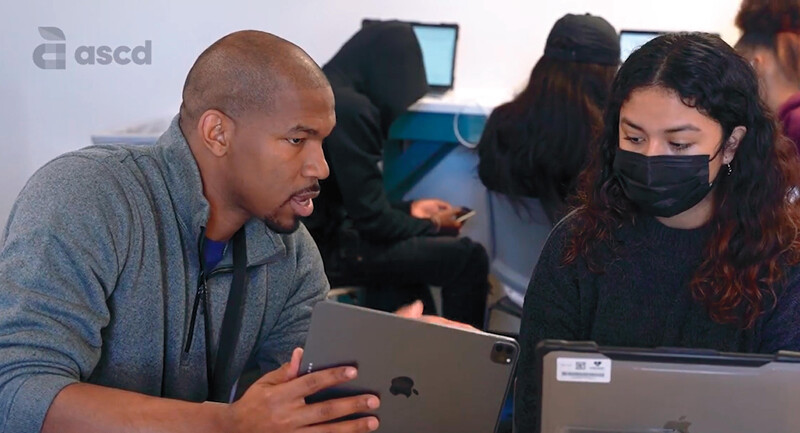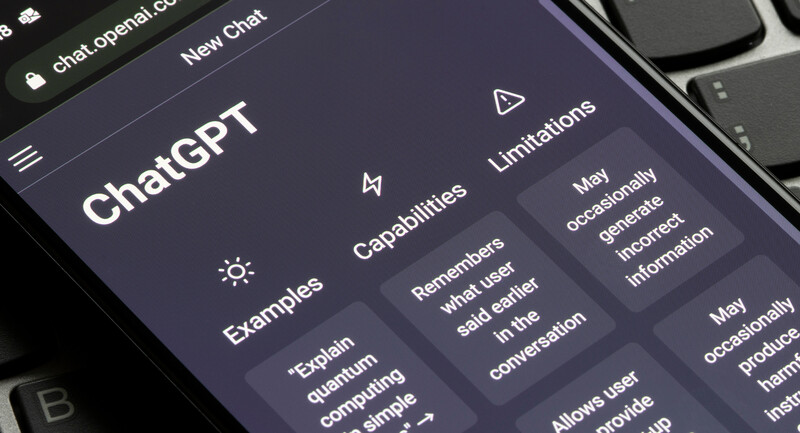As educators in the pandemic, we’ve had to redesign entire lessons, units, and courses on the fly while learning new technology such as Zoom and Microsoft Teams. We’ve also been collaborators, default IT personnel, and amateur therapists. Brief messages of support to one another have carried us through.
“Hanging in there?”
“Doing OK?”
Through it all we’ve continued to push ourselves and each other professionally to provide the most effective learning experience possible for our students. Whether in an online or hybrid environment, the essential question for educators has remained the same: What is the most effective way to help students learn?
The pandemic, however, has nudged us to take that question even deeper. Because our students have had to become more autonomous—sometimes under incredibly difficult circumstances—the essential question many teachers are now considering is: What is the best way to develop self-directed learners?
I recently reached out to colleagues around the country with a simple questionnaire, asking about their experiences during this challenging year. I asked them to consider such aspects as time management, inquiry, and community, all classroom considerations that develop successful, independent learners.
Regardless of region, grade level, or format, several themes emerged: (1) Educators agreed that to succeed in helping students learn in this new reality, they had to start designing and implementing curriculum differently; (2) To help students become self-directed, educators had to invest in their students’ social-emotional needs before they could expect academic achievement; and (3) All educators wanted to see their newfound practices carry into the post-COVID-19 classroom, however that might look in the future.
Redesigning for the Online Curriculum
Like many educators I surveyed, Avi Zellman, a secondary math teacher from the Bay Area, said that to help students succeed online, he had to create an environment that didn’t mimic teacher-centric, in-person instruction. Instead, he worked to emphasize multiple, differentiated routes for discovery. Meanwhile, Donnell Gregory, an educator in Dayton, Ohio, had to restructure many of his online lessons “to get full participation and buy-in from students.” Christina Everett, an elementary teacher in the Denver area, made intentional efforts to communicate expectations for learning online. “We had to teach students not just how to be successful, but how to use many of the online tools and technology.”
Some educators went even further. Secondary English teacher Emily Torres of Spokane abridged entire units to facilitate learning in a more manageable way, hoping to give students a chance to develop as self-directed learners. If students were overwhelmed because of the pandemic conditions, they weren’t going to engage with their assignments. “My students have gotten more depth and less breadth, which I don’t think has been bad,” says Torres.
Adam Galvez, who teaches in Chicago, found that tools such as Google Keep, Google Tasks, and Google Calendar helped his students independently stay on track. Similarly, history teacher James Noble developed a weekly schedule with flexible work time that made it easier for students to manage their own learning.
Making Positive Change Stick
Looking ahead, teachers hoped to see some of these strategies find a permanent place in their work. Johanna Brown, a chemistry teacher, proposed doing away with hard deadlines, high-stakes tests, and even grades to free students’ time to focus on actual inquiry and learning. For Brown, teaching during the pandemic has been transformative: “The students are free to follow their wonderings when they are not feeling the constant pressure of performing on tests that spit out students all knowing the same facts and algorithms to solve equations.”
Middle school math teacher Gina Rye added that the online format challenged students “to manage their time and assignments largely on their own. Many have met the new bar.” Likewise, teacher Kim Powell saw “a layer of safety in sharing ideas in an online environment, whether they are spoken or written in the chat, that isn’t there in an in-person 8th grade classroom.” She also noticed that a different form of collaboration organically developed as her math students helped each other with technology as well as content learning.
None of this has been easy. Teachers have had to work incredibly hard to build new platforms and approaches to learning. Emily Charlton, an elementary administrator in Boston, said that the opportunities came with unique challenges. “Kids have more opportunities for open-ended projects in this hybrid model,” she says. But “without strong teacher facilitation, there can be some lack of execution.” During a time when students faced daunting situations off campus and academic challenges, they also required social-emotional care, says Krista Purnell of Summit Learning. Much of her work involved “helping our schools focus on student well-being” because of pervasive social-emotional challenges.
To Shape the Self-Directed Learner, Invest in Social-Emotional Learning
Strategic teachers have been attending to these issues, using students’ lived experiences to make connections, build relationships, and prepare them for long-term learning. Special education teacher Karissa Jacobson, for instance, noticed that her resource room students used the chatbox to talk about Among Us and Halo, popular video games among students. “I learned the lingo and the game plan for each of those and brought them into my lessons,” even referring to students as “crewmates.” With this approach, Jacobson saw “a definite change in participation and a sense of community.”
As elementary teacher Emily Powell noted, gamifying learning “gave students a reason to talk to each other” and even empowered students to “create their own Kahoot games to share with their classmates.” More recently, she allowed students to pick the activities they did together at the end of the lessons. By allowing students more choice, Powell saw students grow in confidence, take safe risks, and develop as learners.
Educator Ashley Jones says that virtual learning freed her to “truly tailor my instructional choices to my learners rather than being pressured to keep pace with my colleagues or district curriculum.” For Minaz Jooma, the time invested in her students’ social-emotional needs paid off. “An outgrowth of the endeavor to build community,” she says, “has been fostering inquiry and having students take charge of one another’s learning.”
Teacher after teacher told me that building community, having less pressure around high-stakes assessments, and teaching students time-management strategies encouraged self-directed learning. This, they believe, should be the emphasis of schools going forward.








